Your body is a sacred temple in need of care and maintenance. When talking about caring for the body, it is the outermost layers that are often given importance. After all, they help you present yourself to the world.
But what about the skeletal system? What about the innermost parts of your body that frame your silhouette and aid in your movements?
Skeletal health is as important as any other body part. Specifically, the skeletal system has four components: the bones, tendons, ligaments, and cartilage. Learn more about one of these four essential components by reading the article below. Take note of healthy practices, as well as the list of the best food for tendons.
Jump to:
Tendon overview
Flex your hand and take a look at the back of it. See those bone-like structures that run straight from your wrist to the base of your fingers? Those structures are generally called tendons. Tendons are strong fibers of tissue found throughout your body wherever there are muscles and bones to connect.
As the muscle contracts, your tendons pull on the bones that they are connected to. There are two types of tendons at work in your skeletal system: the "extensors" and the "flexors." Extensor tendons allow the straightening of joints, while the latter enables one to flex or bend.
Collagen is a tough protein that primarily makes up the tendons. Therefore, collagen health is vital to tendons, just like the other parts of the skeletal system.
Causes of tendon ailments
Consult your orthopedist when you suddenly start feeling pain over areas where tendons may likely be located, like your hands, arms, feet, and leg. Tendon ailments may be injuries caused by wear and tear, as well as chronic arthritis. As you age, the tendons may also weaken gradually, especially if your job requires you to repeat the same movement over and over.
There are two commonly diagnosed tendon injuries:
- Tendonitis or Tendinitis — Is an inflammation of the tendons without sheaths. It happens when the tendons' fibers tear like a fraying rope. Overuse and force can result in this inflammation, and without enough time to heal, the tendons weaken overtime.
- Tenosynovitis — Is the inflammation of the tendons' sheath lining, causing less synovial fluid production responsible for lubrication. Just like tendonitis, tenosynovitis is caused by repetitive actions and force, causing stress to the tissue.
Cuts, bites, and any other accidents involving sudden exertion of force to the joints (like hitting your fingers) can also result in tendon injuries. Infection may also occur if the wound over the tendon is so deep that foreign substances can spread from your tendon sheath to other body parts through your bloodstream, but this is a rare case.
If your tendons sustain any of these injuries, pain, and difficulty in movement may ensue. Since the tendon has less blood supply, natural healing may be slow. Surgeries and physical therapies are good options if the pain persists after a significant amount of rest.
Best food for the tendons
Now, it is time to focus on your diet. Supporting your tendons' health is more than just rest and appropriate exercise. What goes into your body matters, too.
There are plenty of supplements that can keep your tendons healthy, along with your joints and bones. However, knowing the best food for tendons for your natural dietary intake will save you from pain and extra expenses in the long run. What makes a natural diet perfect is that foods contain not one but many health benefits in one serving, so you may notice that the list below is interconnected.
1. Collagen-boosters

Foods that help synthesize and repair collagen contribute significantly to tendon health. You will notice that there are various vitamins and minerals at work in collagen synthesis.
Yes, collagen is a significant contributor to the skin's youthfulness, including its structure and stretch. While ligaments (fellow tissues of tendons that connect bones) contain more collagen, tendons also benefit greatly from collagen-boosting foods.
Collagen-rich foods include chicken meat, eggs, fish, and fruits rich in Vitamin C like citrus and berries. Tomatoes and bell peppers are high in Vitamin C, too, which helps in collagen production. The list somewhat resembles a healthy salad, so why not top it off with beans and cashew nuts for some copper action necessary in collagen production?
Many collagen supplements are obtained from chicken meat because of their connecting tissues, while eggs, devoid of tissues, instead have proline, an amino acid used for collagen production. Fish may contain less collagen, but that's because the parts that are not usually eaten (the eyeballs, head, and the scales) have the most collagen.
2. Vitamin D and calcium
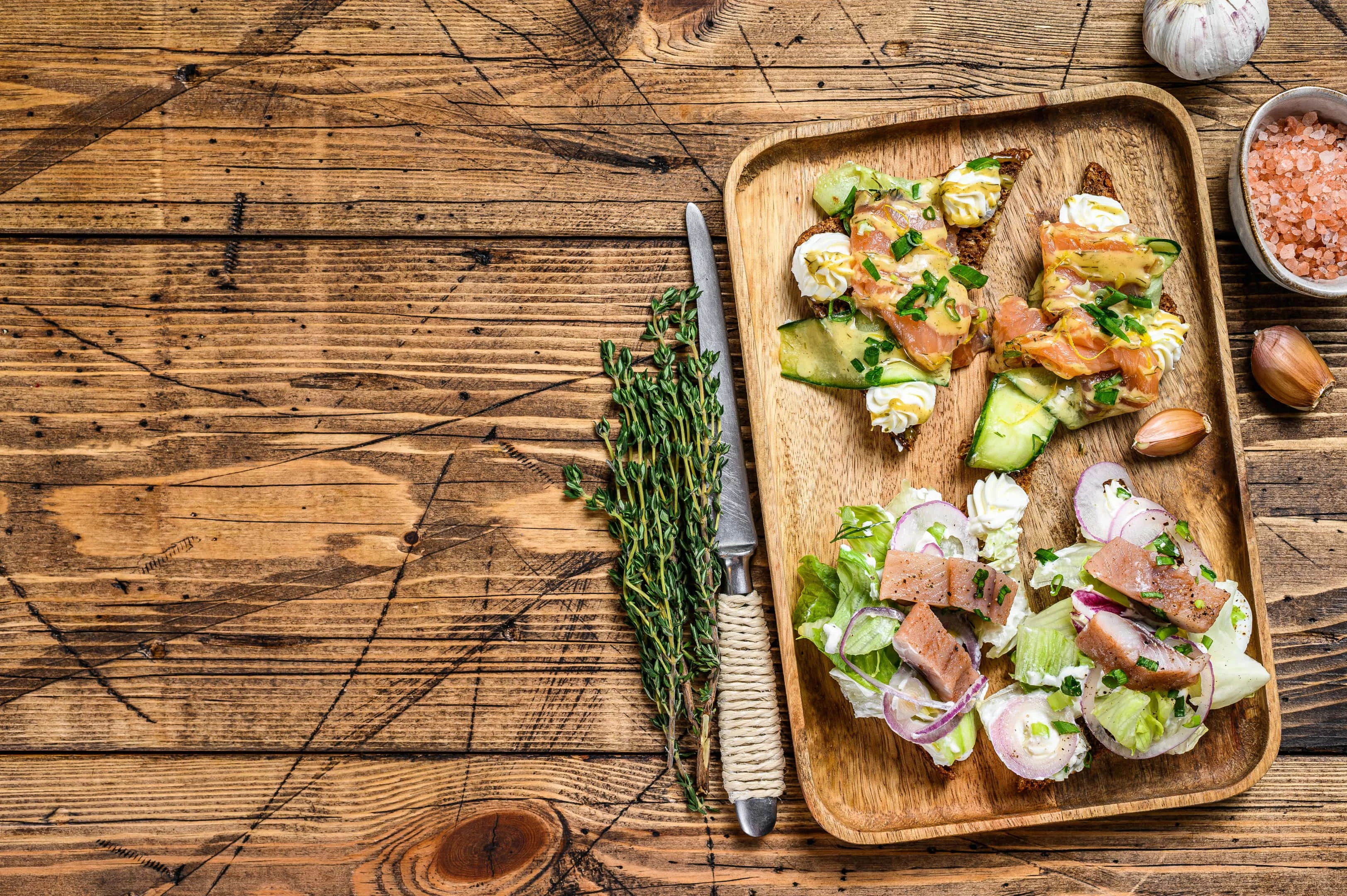
When it comes to bone health, Vitamin D and calcium-rich foods are the stars. Our bodies produce Vitamin D when we are exposed to sunlight. Sun exposure for an average of 15 minutes during early mornings is recommended. If that isn't possible, you still can get additional D-goodness from the food you eat.
Seafood like salmon, herring, sardines, and tuna are good sources of vitamin D. If you have a choice between wild and farmed salmon, choose the wild ones since it has a higher amount of vitamin D. As for herring, some people like it pickled, but take note of your sodium intake if you would prefer it. Canned sardines and tuna are good sources, too, but you need to remember that processed food has its risks.
If seafood isn't a choice, you could pick eggs, mushrooms, and cod oil since they are good alternatives. Cow's milk and soy milk are also fortified with Vitamin D, so you can consider having them. Vitamin D is essential for calcium absorption, and speaking of calcium, dairy products, and dark, leafy green vegetables are the go-to-food for it, among others.
3. Magnesium and potassium-rich foods
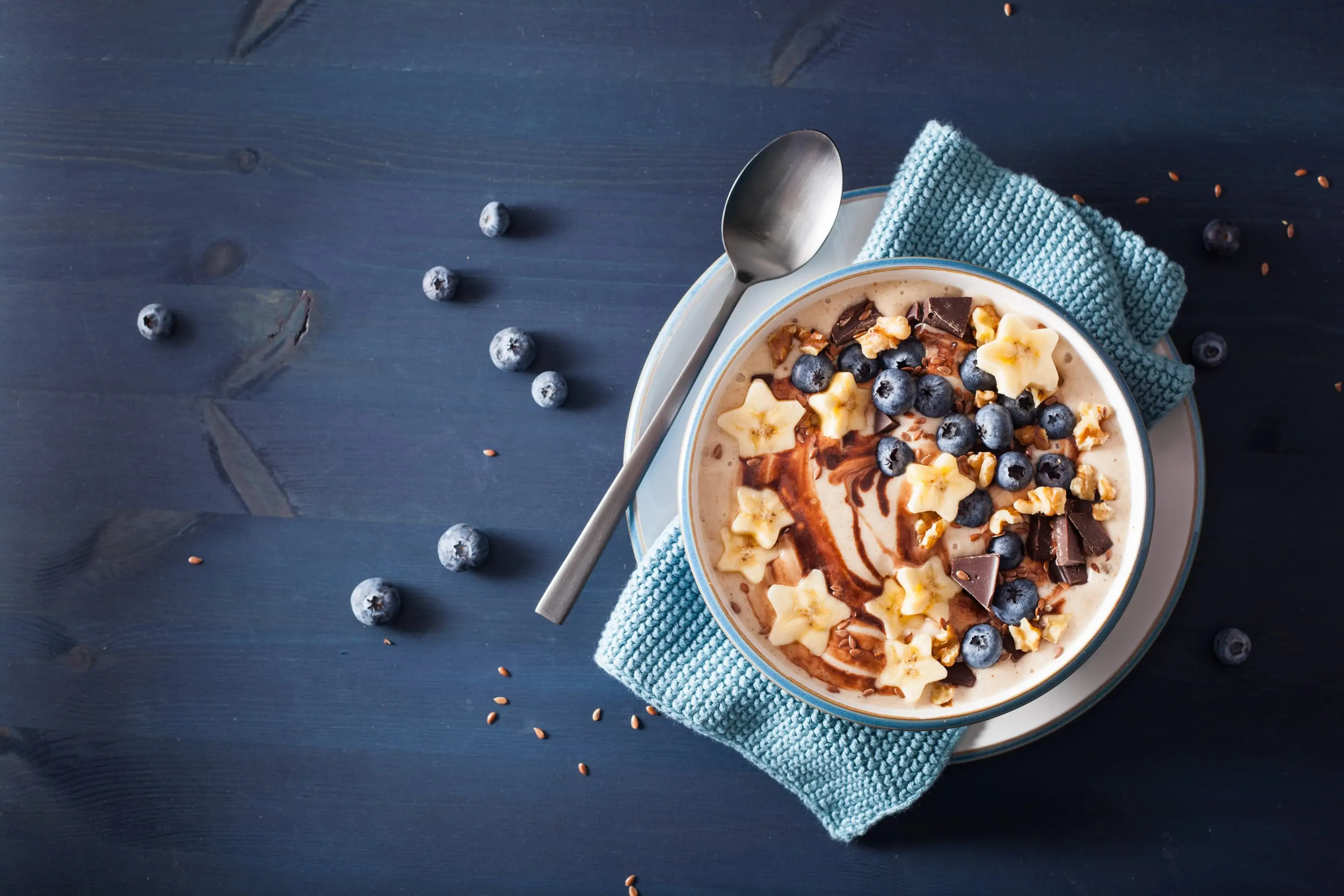
Magnesium and potassium both increase bone mineral density or bone strength. When bone density is higher, the risk for fractures and bone ailments lessens.
Magnesium has many health benefits. Magnesium regulates the function of nerves and muscles. It also helps in protein production, making it good support for tendon health.
On the other hand, potassium plays a part in almost everybody’s function, including the contraction of the muscles and nerve transmission. Less potassium intake can result in calcium depletion in our bones.
Magnesium-rich foods include chocolates (dark, if you must), leafy vegetables especially spinach, legumes, milk products, nuts, seeds, as well as whole grains. High potassium sources include bananas, avocados, beans, and sweet potatoes.
4. Food rich in polyunsaturated fats
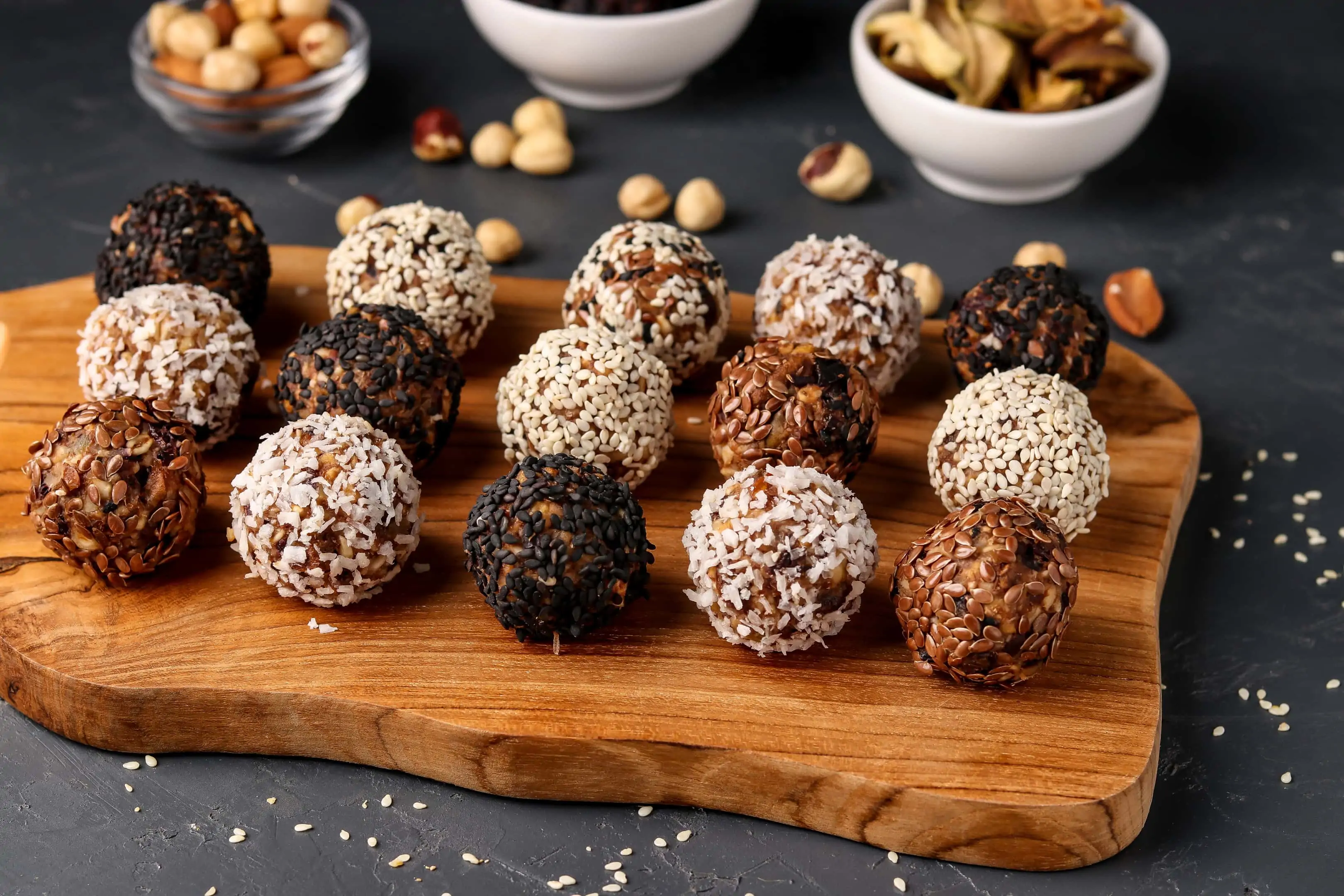
Skip saturated fats because they can have adverse effects not only on your tendons but also on your heart. Foods rich in polyunsaturated fats, however, are different.
Calories supplied by fat help in vitamins and mineral absorption. Two major classifications of polyunsaturated fats (or healthy fats) are Omega-3 and Omega-6 fatty acids. The body, however, cannot produce these essential acids by itself, so you need to get them from your food intake.
Omega-3 fatty acids are often found in fatty fish. Salmons, herring, and sardines, which are good sources of Vitamin D, are loaded with Omega-3. There are other seafood sources like trout and shrimps, but they contain lower levels of Omega-3. Walnuts and pine nuts, sunflower seeds, and flax seeds also contain Omega-3.
As for Omega-6 fatty acids, you can find them in plant-based oils. Note that coconut oil and palm oil are exemptions to this because they instead contain saturated fats. A more distinct difference is that saturated fat-filled oils are solid at room temperature, whereas Omega-6 rich oils like safflower, grapeseed, flaxseed, and sunflower oil remain liquid because of their double bonds. They also contain around 60% to 70% polyunsaturated fats depending on your choice of oil.
5. Antioxidants
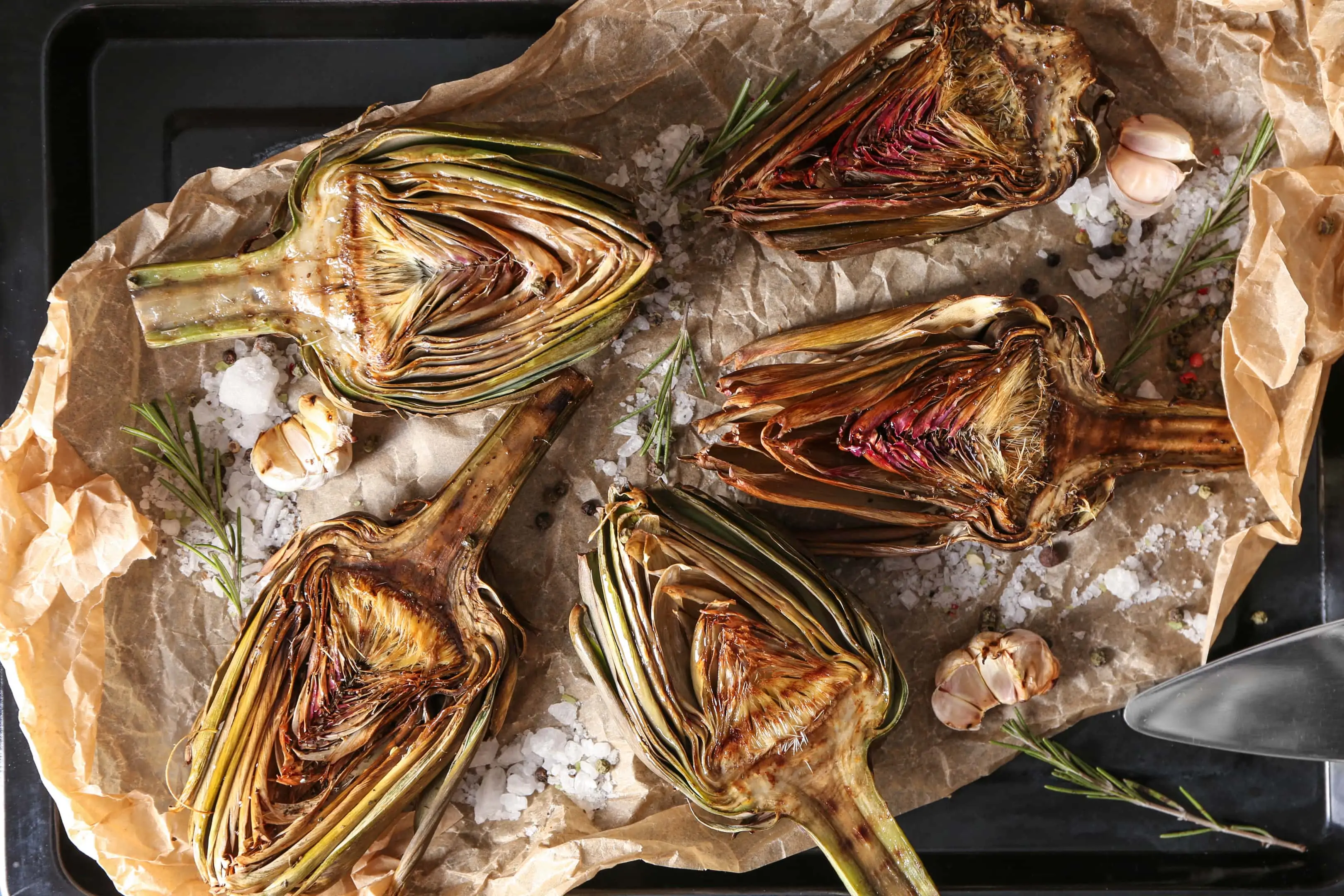
Antioxidants are known to fight free radicals, which harm your cells. They are also an essential contributor to collagen synthesis and repair. While many supplements promote antioxidant intake, you can get it—and more—from your natural diet.
Interestingly, most of the aforementioned food contains high antioxidants like dark chocolates, berries, spinach, nuts, and beans. Artichokes, kales, and beets are also good sources.
Dark chocolates are not only good for the heart; it also contains more antioxidants compared to berries in equal servings. However, blueberries, strawberries, and raspberries are still worth craving since not only are they sweet and low on calories, but they also contain a substantial number of antioxidants. Blueberries are considered to have the most amount of antioxidants among fruits and vegetables.
Artichokes may not be very common, but depending on how you prepare them, antioxidant levels increase.
Red varieties of kale contain twice as many antioxidants compared to the regular green ones. By being red, red cabbage, and beetroots are also a high source of this necessary nutrient.
Health practices for your tendons
Prevention is always better than cure. Aging may be a factor in your tendons' health, but that doesn't mean you cannot start preventing other risks. Ultimately, a healthy lifestyle is always the best way to combat the possibility of sustaining tendon injuries.
Along with the best food for tendons that you can start eating now, below are some healthy practice tips to care for your tendons.
- Switch up your routines — Overworked tendons result in inflammation and an intolerable amount of pain. For example, change your routine exercises and focus on other body parts for each session. You can't keep working your legs and expect them to maintain top condition. Take notice of your arms and upper body, too. Or maybe your job is to build things and use one tool repeatedly. Try looking for alternative equipment with ergonomic designs.
- Do your warm-ups — This doesn't only apply to people who exercise. Do warm-ups whenever you are about to do something more strenuous than your normal activities. Warming up helps the body prepare for any kind of exertion, gradually increasing your blood flow and lessening the risk for injuries.
If you do warm-ups, then it is also best to do cool-downs afterward. A simple stretch for 5 minutes every day is better than none. Cool-down exercises help your heart return to its regular rate after a day of work or a workout.
- Be in tune with your body — If your body is tired, rest. If any body part screams pain, get it checked. This doesn't mean that you will wait until your body can no longer tolerate the pain. It is best when you know you have done enough, and any extra force or work will hurt you.
Conclusion
Caring for your tendons is essential for a productive and healthy lifestyle. Remember that anything excessive—like excessive work or activity—is bad for the overall health. It is even worse for the tendons that aid in your movements.
There is so much you can do to start giving your tendons some TLC. Start now.

A writer passionate about wellness, nutrition, and intentional living. She creates engaging, research-based content that empowers readers to live healthier lives. Through every article, she brings clarity, inspiration, and a touch of everyday practicality. Read more about Juliana.



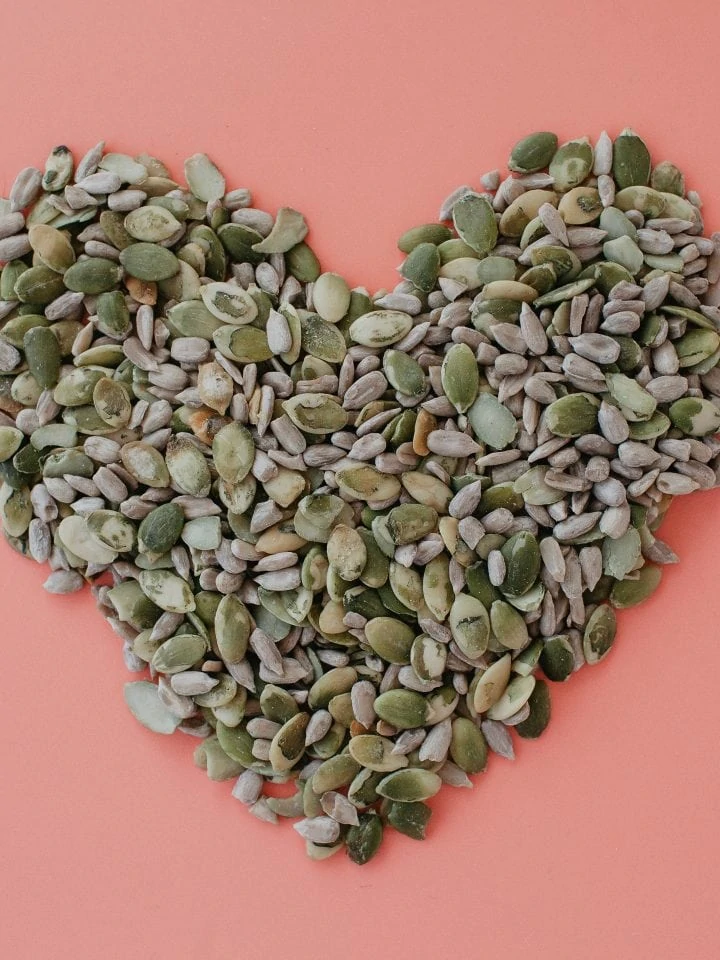



Comments
No Comments